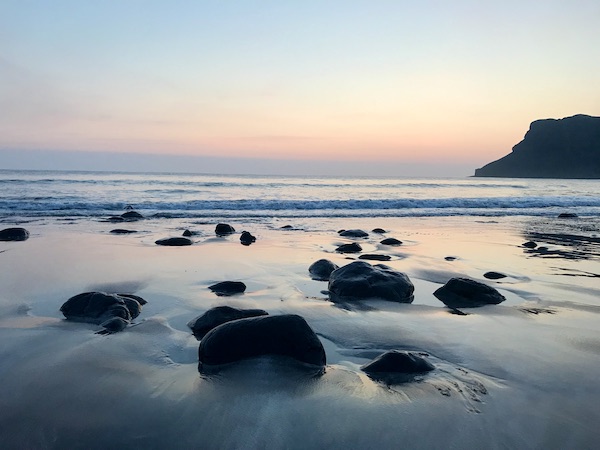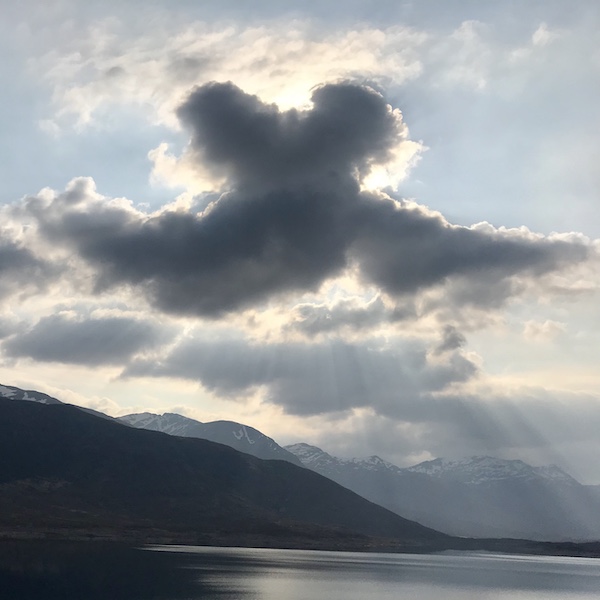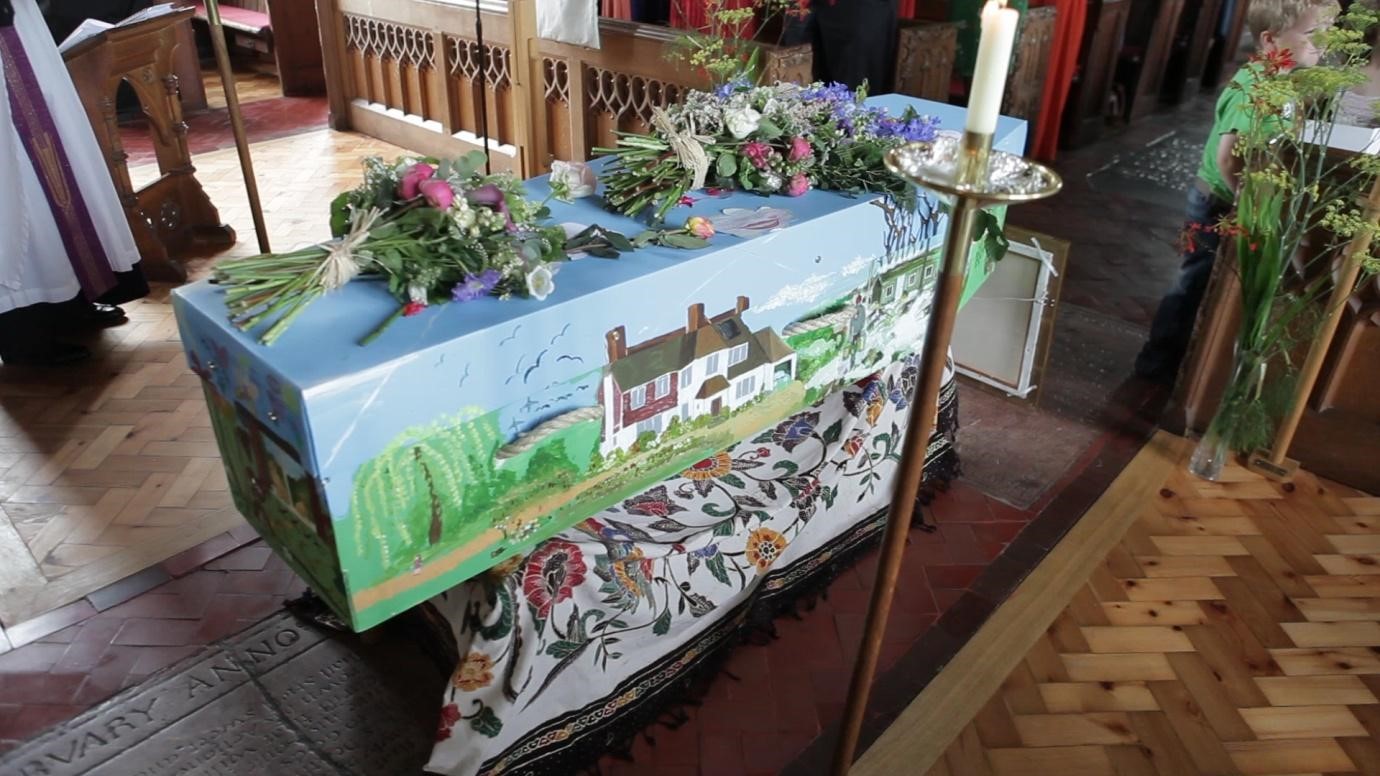Embalming
The Egyptians practised mummification many centuries ago; which was an early form of embalming. Complex rites and rituals were carried out to ensure the body was properly preserved. The mummification process had enormous spiritual significance.
During the American Civil War hundreds of thousands of soldiers died far from home and their grieving families. Being embalmed meant that bodies could be safely transported and returned to their loved ones.
Nelson’s body was returned from the battle of Trafalgar preserved in a keg of brandy.
The embalming process has changed considerably over the years. Today, Embalming is sometimes referred to as “hygienic or sanitary treatment” and is an extremely intrusive procedure. The main reason for embalming is to make a dead person look more life-like and delay the process of decay.
The procedure is intrusive and involves the blood being drained from the body and replaced with toxic preservatives. Embalming fluids contaminate the earth and the air we breathe. Nowadays with modern refrigeration available embalming is seldom a necessity except in exceptional cases; if a body is kept out of refrigeration for any length of time, laid in state for public viewing with an open coffin or if there is a long wait until the funeral.
If a body is to be brought home from abroad it must be embalmed. This is the law in the UK. (Please be sure to refer to your own local regulations outside the UK).
Jessica Mitford, in her book ‘The American Way of Death’, refers to the embalming process as peoples’ loved ones being: ‘sprayed, sliced, trussed, waxed, painted, rouged, and neatly dressed.’ Preserving a person’s body has different social, religious and emotional significance in different cultures.
The following information is not for the faint-hearted:
- The embalmer makes one incision in the body from which to drain the blood and another to pump in the embalming fluid.
- As the pump pushes fluid into the body, so it pushes the blood out.
- Embalming fluid is a cocktail of formaldehyde, phenol, borax, glycerin, potassium nitrate, acetate dye and water.
- As similar process takes place where the chest and stomach are concerned.
- The eye lids are shut using eye caps.
- The mouth is closed using a long curved needle by taking a long stitch from inside the mouth, through the bottom lip, beneath the teeth, up under the top lip, through the septum and back down into the mouth. A simple knot then pulls the jaw shut.
- The decease’s hair is washed and their appearance tidied in readiness for the funeral.
The food many of us eat now-a-days contains many preservatives. Maybe embalming isn’t so necessary?

Giving back to our Planet
LAST WISHES – Live your Legacy Ltd is a Social Business raising profits to go back into community projects to support causes related to end of life and legacy, especially to help the Earth, for example;
• Tree planting with Ancient and Sacred Trees;
• Environmental awareness with Sussex Green Living.
If you have a cause you think will be close to our heart please get in touch.
If you would like to support the work we are doing to raise awareness of how our end of life can support the planet – please contact us or donate here.

Burial
Natural burial is nothing new, like many aspect of life it is simply a return to old ways. There are many options available, some more environmentally affective than others. Your choice of burial space may of course depend on your religious affiliation. Should you choose to be buried, here are your options...
Cremation
In years gone by it was deemed that "the land should be kept for the living"; promoting cremation rather than burial. We now need to take a fresh look at this statement. We must investigate the damage being caused to our planet; being grateful for the way she supports us and in return we must give back in any way we know how.
Many people choose cremation believing it to be a cleaner, neater form of body disposal. Often, this is the case especially during the Covid19 pandemic. Most importantly, with awareness there are many things we can do to compensate whatever our choices...


Coffins
Avoid all hardwoods because trees take centuries to grow! Most importantly shun coffins full of toxic glue with gold coloured plastic handles.
Whether for burial or cremation, natural materials such as sustainable pine, willow, cane, and sea-grass, bamboo, wool or cardboard, are the most thoughtful choice.
Coffins are available bearing a transferred image illustrating any theme you choose or order one to be personalised especially...
